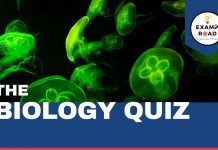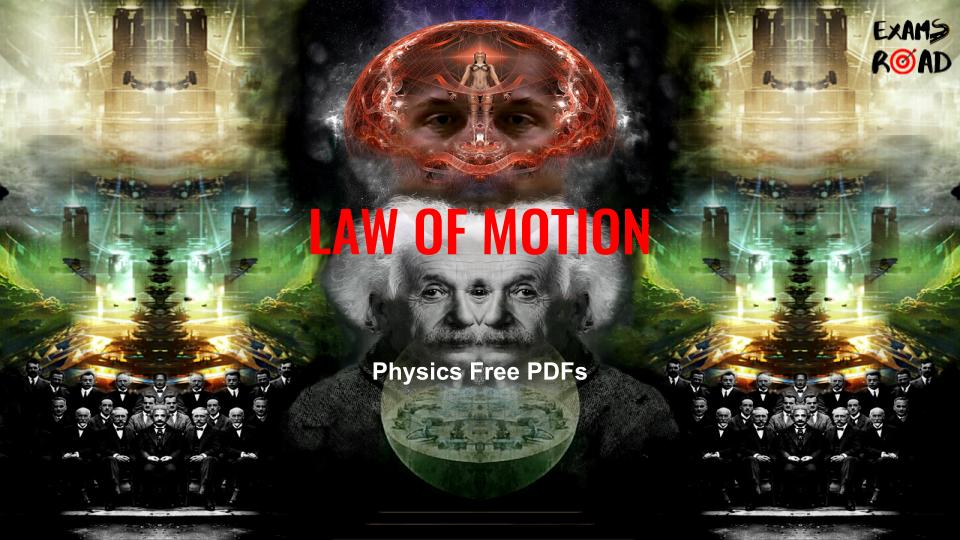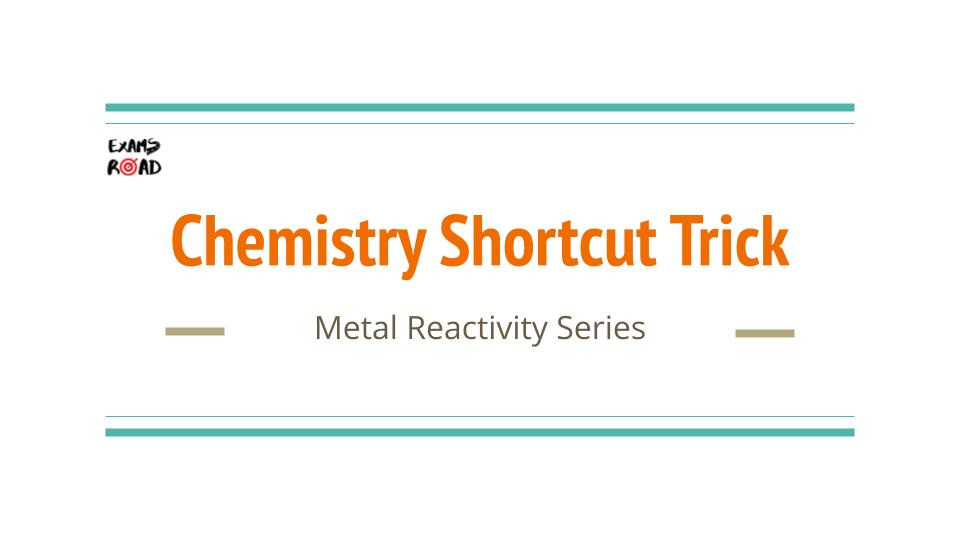Chemistry Quiz on Decomposition reaction
Chemistry Quiz on Decomposition reaction: NEET/JEE Chemistry is considered to be the most scoring subject. As it is one of the easiest scoring subjects, it is often ignored and undermined a subject. But if you want to get an edge over others, here is a tip, master NEET/JEE Chemistry concepts. Chemistry demands the attention of students in understanding reactions and concrete basic understanding but once done it only gets easier from there. Mastering NCERT syllabus for NEET/JEE Chemistry should be topping your list of to-do for chemistry. In this post we are providing you Chemistry quiz on Decomposition reaction.
Chemistry Quiz on Decomposition reaction
1. The decomposition of silver chloride occurs by
(a) heat
(b) sunlight
(c) water
(d) electricity
(b) sunlight
2. How many moles of sodium carbonate is formed on decomposition of 0.2 moles of sodium bicarbonate?
(a) 0.1
(b) 0.2
(c) 0.05
(d) 0.025
(a) 0.1
3. Decomposition of hydrogen peroxide to give H2O + O2 is an example of
(a) reduction
(b) oxidation
(c) both (a) and (b)
(d) none of the above
(c) both (a) and (b)
4. The reaction 2Pb(NO3)2 → 2PbO + 4NO2 + O2 is a type of _______reaction.
(a) displacement
(b) double decomposition
(c) decomposition
(d) none of the above
(c) decomposition
5. CO2 obtained by the complete decomposition of 20 g CaCO3 at STP is
(a) 4.48 l
(b) 2.24 l
(c) 44.8 l
(d) 48.4 l
(a) 4.48 l
6. On passing current to an acidified water we get hydrogen and oxygen. This is a type of
(a) oxidation reaction
(b) thermal decomposition
(c) electrolysis
(d) none of the above
(c) electrolysis
7. Find out the volume of CO2 liberated after heating 9.85 g of BaCO3 at STP.
(a) 2.06 l
(b) 2.12 l
(c) 1.12 l
(d) 4.84 l
(c) 1.12 l
8. Ferrous sulphate on heating gives reddish-brown residue of ferric oxide. This is due to
(a) decomposition
(b) displacement
(c) combination
(d) none of the above
(a) decomposition
9. The correct expression for decomposition of silver chloride to silver and chlorine is
(a) AgCl2(s) → Ag(s) + 2Cl(g)
(b) 2AgCl(s)→ 2Ag(s) + Cl2(g)
(c) AgCl2(s) → Ag(s) + Cl2(g)
(d) AgCl(s) → Ag(s) + Cl(g)
(b) 2AgCl(s)→ 2Ag(s) + Cl2(g)
10. A reaction where two compounds exchange their atoms to form new compounds
(a) decomposition
(b) double displacement
(c) displacement
(d) synthesis
(b) double displacement
Subject-wise Tricks Tips & Question with Solution PDFs
| S.NO | Subject Name | Topic-wise PDFs Download Link |
| 1. | Chemistry Notes PDF | Click Here to Download Now |
| 2. | Maths Notes PDF | Click Here to Download Now |
| 3. | Physics Notes PDF | Click Here to Download Now |
| 4. | Biology Notes PDF | Click Here to Download Now |
Syllabus and Previous Year Papers |
|
| Chemistry Syllabus for NEET & AIIMS Exams | Click Here |
| Chemistry Syllabus for JEE Mains & Advanced | Click Here |
| Chapter Wise NEET Chemistry Syllabus | Click Here |
| Physics Syllabus for NEET & AIIMS Exams | Click Here |
| Physics Syllabus for JEE Mains & Advanced | Click Here |
| Chapter Wise NEET Physics Syllabus | Click Here |
| Biology Syllabus for NEET & AIIMS Exams | Click Here |
| Chapter Wise NEET Biology Syllabus | Click Here |
| Maths Syllabus for JEE Mains & Advanced | Click Here |
| Download NEET Previous Year Question Papers with Solution | Click Here |
|
|
|
| https://www.facebook.com/ExamsRoadOfficial | |
| Telegram | https://telegram.me/ExamsRoad |
| https://twitter.com/ExamsRoad | |
| https://www.instagram.com/ExamsRoad/ | |
| YouTube | Click Here To Subscribe Now |
Thank You.
By TEAM ExamsRoad.com









![100+ MCQs on Biomolecules PDF – Free Objective Question & Answers [Chemistry NEET JEE] Biomolecules PDF](https://examsroad.com/wp-content/uploads/2023/06/Biomolecules-in-Chemistry-PDF-218x150.jpg)








